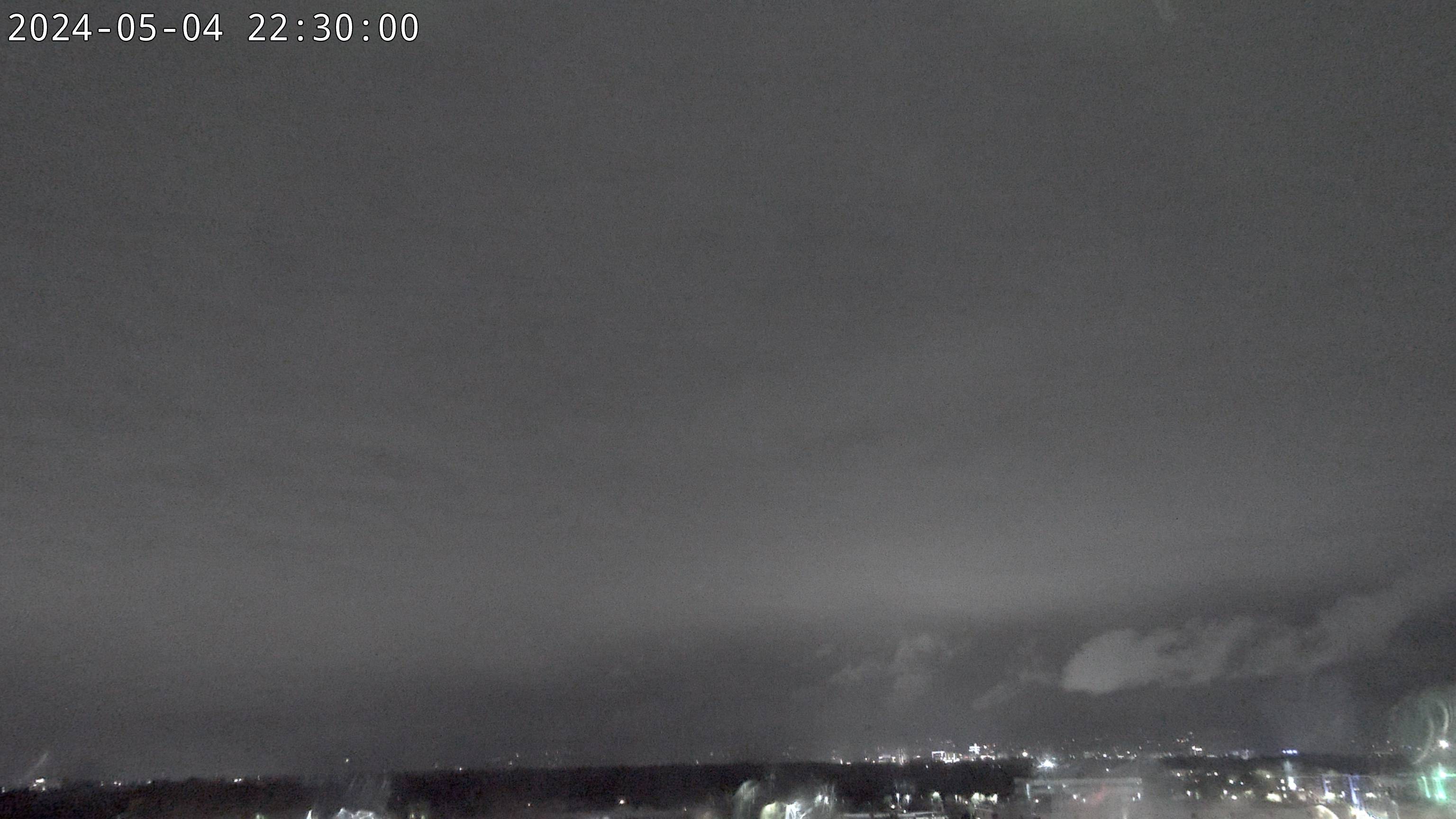Boise, ID Weather Cams
City of Boise Air Quality Cam

Boise Whitewater Park View with Esther Simplot Park in Background
Boise Whitewater Park View From Boise Bank
Boise Whitewater Park View from Up River
Boise River at Glenwood Bridge

Boise, Idaho: From Frontier Fort to Thriving Capital
Boise ID Weather Cams. Boise, the capital city of Idaho, has a rich and diverse history that mirrors the development of the American West. From its early days as a military fort to its growth into a vibrant, modern city, Boise has evolved through waves of migration, economic booms, and cultural transformations. This history highlights the resilience and adaptability of Boise’s people and the natural beauty that has always drawn settlers to this unique location.
Indigenous Heritage and Early Exploration
Before European settlers arrived, the Boise Valley was inhabited by the Shoshone, Bannock, and Northern Paiute tribes. These Indigenous peoples lived off the land, utilizing the Boise River and the surrounding fertile valley for hunting, fishing, and gathering. The name “Boise” is believed to have originated from the French-Canadian trappers who called it “Les Bois” (The Woods) due to the dense tree cover along the riverbanks.
The first recorded European exploration of the Boise Valley occurred in the early 19th century. Explorers such as John Jacob Astor’s Pacific Fur Company and the Hudson’s Bay Company traversed the area in search of fur-bearing animals. Their interactions with the native tribes and the natural environment laid the groundwork for future settlement.
Fort Boise and the Oregon Trail
The establishment of Fort Boise in 1834 by the Hudson’s Bay Company marked a significant milestone in the region’s history. Located near the confluence of the Boise and Snake Rivers, the fort served as a trading post and a strategic location for travelers on the Oregon Trail. The original fort was abandoned in the 1850s due to flooding and Indigenous conflicts, but a new military fort was established in 1863, closer to the current city location, to protect settlers and miners.
The construction of the second Fort Boise was a response to increased migration along the Oregon Trail, as thousands of pioneers moved westward in search of new opportunities. The fort provided much-needed protection and supplies for travelers, contributing to the development of the area and laying the foundation for a permanent settlement.
The Founding and Early Growth of Boise
Boise was officially founded on July 7, 1863, during the height of the gold rush in the nearby Boise Basin. The city’s establishment was driven by the need to support the booming mining industry, providing goods, services, and administrative functions. The city’s strategic location on the Oregon Trail and its proximity to Fort Boise made it a natural hub for commerce and transportation.
In 1864, Boise was designated as the capital of the Idaho Territory, replacing Lewiston. This decision was influenced by Boise’s central location and its growing importance as a commercial center. The arrival of the railroad in 1887 further spurred Boise’s growth, linking the city to national markets and facilitating the movement of goods and people.
Economic Diversification and Urban Development
As the mining industry declined in the late 19th century, Boise began to diversify its economy. Agriculture emerged as a significant economic driver, with irrigation projects transforming the arid land into productive farmland. The Boise River was harnessed for irrigation, and the development of the New York Canal in 1909 expanded agricultural opportunities in the region.
The early 20th century saw significant urban development in Boise. The construction of infrastructure, public buildings, and residential neighborhoods reflected the city’s growing prosperity. The Idaho State Capitol building, completed in 1920, symbolized Boise’s status as the political and administrative heart of the state.
Modernization and Economic Expansion
Boise experienced substantial growth and modernization in the mid-20th century. The city expanded its infrastructure, including the development of a municipal airport, improved highways, and public transportation systems. These advancements facilitated economic growth and attracted new industries to the area.
The post-World War II era brought a wave of technological and industrial development to Boise. Companies such as Hewlett-Packard and Micron Technology established operations in the city, transforming Boise into a center for high-tech innovation. This economic diversification helped to stabilize the city’s economy and provided new employment opportunities for residents.
Cultural and Recreational Development
Boise’s cultural and recreational landscape has flourished alongside its economic growth. The city’s natural beauty, including the Boise River Greenbelt, foothills, and nearby mountains, offers abundant opportunities for outdoor activities such as hiking, biking, and skiing. The creation of parks, trails, and recreational facilities has enhanced the quality of life for residents and visitors alike.
Boise’s cultural scene has also expanded, with the establishment of museums, theaters, and galleries. The Basque Block, a vibrant cultural district, celebrates the heritage of the Basque community, which has been an integral part of Boise’s history since the late 19th century. Annual events such as the Boise Music Festival, Treefort Music Fest, and the Idaho Shakespeare Festival showcase the city’s diverse cultural offerings.
Boise Today and Looking to the Future
Today, Boise is a dynamic and thriving city, consistently ranked among the best places to live in the United States. Its economy is diverse, with strengths in technology, healthcare, education, and agriculture. The city’s population continues to grow, attracted by its high quality of life, vibrant cultural scene, and natural beauty.
Boise’s commitment to sustainability and smart growth is evident in its efforts to preserve open spaces, promote renewable energy, and encourage sustainable development practices. The city is focused on balancing growth with environmental stewardship, ensuring that Boise remains a desirable place to live, work, and play.
As Boise looks to the future, it remains dedicated to fostering a sense of community, promoting economic innovation, and preserving its unique cultural and natural heritage. With a rich history as its foundation, Boise is poised to continue its legacy of resilience, adaptability, and growth in the years to come.
For more historical insights, visit the Idaho State Museum
